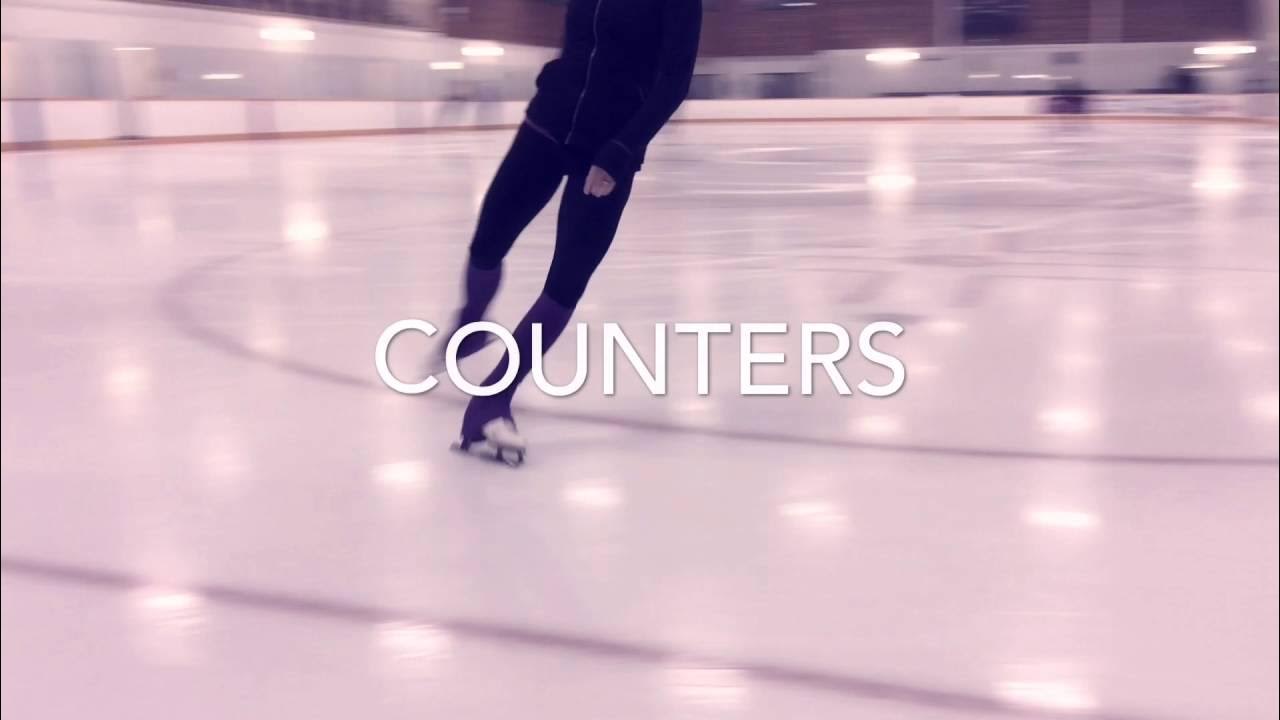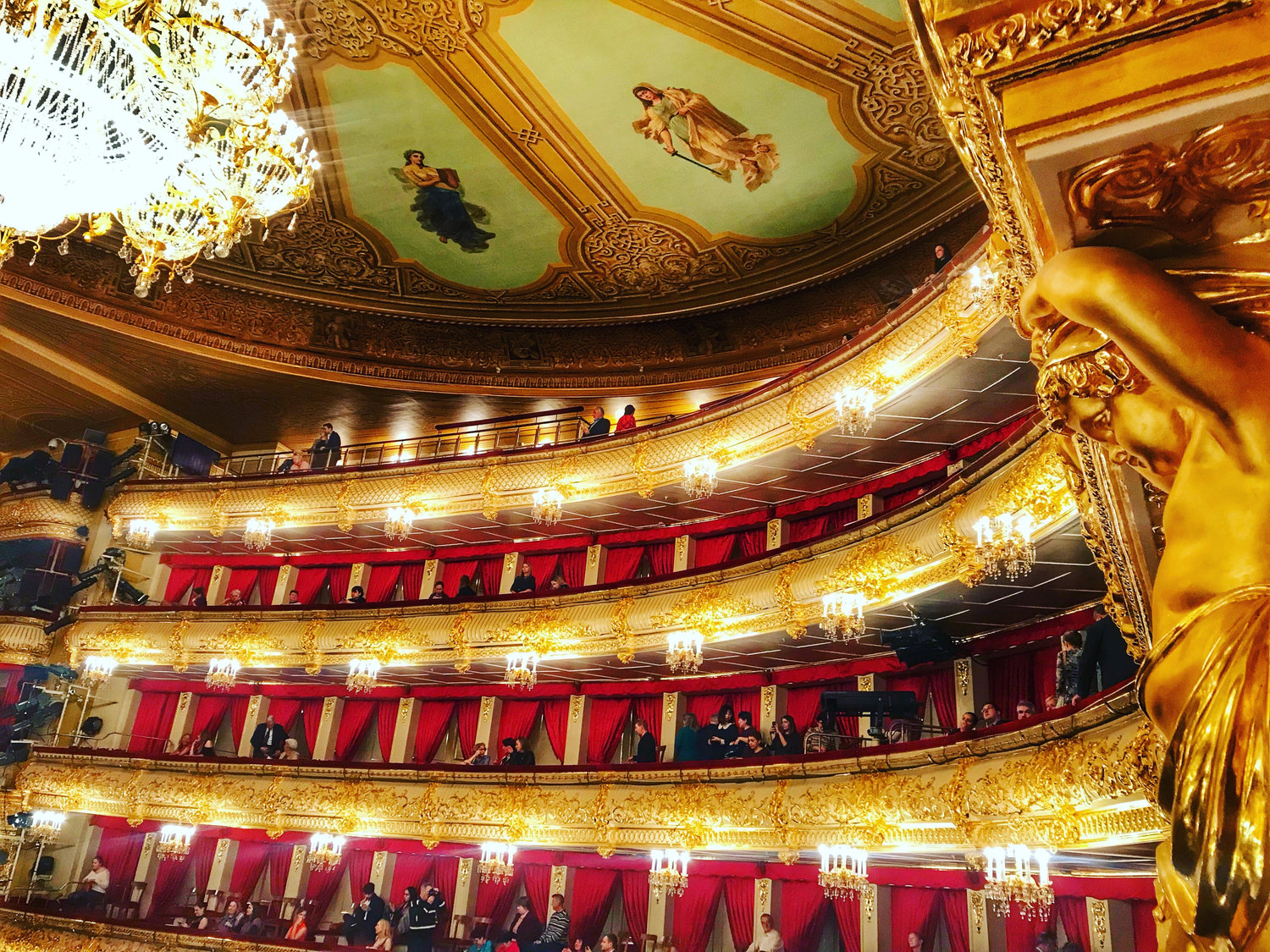I think in general, there are more ice dancers capable of balletic movement than singles skaters, male or female. (Not all ice dancers though, and not that balletic movement makes one necessarily a superior skater).
Maybe not a superior skater, but for me personally, those who adhere to those balletic principles that LutzDance aptly described, or even just incorporate certain aspects of it, will almost always look the most aesthetically pleasing to my eyes.
And this is true even when they’re not skating to a ballet music piece or doing ballet inspired choreography. It can be even quite the contrary.
Because ideally it will inform all of their movement no matter the style, serve as a sort of foundation and be apparent in the shapes their body creates and their lines.
Things like a bent skating and/or free leg during footwork or spins, lines broken at the wrist or fingers (think of many of the Russian girls, Jason Brown, Daniel Grassl, Evgeni Semenenko…), for me all of those really ruin the overall look of a skater, even when they’re not aiming to skate in a balletic way specifically.
Last edited:






 He often holds his hands and arms splayed or at an angle to effect, but it is (to me) obviously choreographed, and he is deliberately posing that way, so there is no need to mark down.
He often holds his hands and arms splayed or at an angle to effect, but it is (to me) obviously choreographed, and he is deliberately posing that way, so there is no need to mark down.







 There was a moment when I felt like, wait, some of this must be off-topic. Then I read the title again and realized it was all fine because concepts "interpretation" and "classical ballet themes" legitimately make this topic rather wide. I didn't fully realize it when I started it but I like it
There was a moment when I felt like, wait, some of this must be off-topic. Then I read the title again and realized it was all fine because concepts "interpretation" and "classical ballet themes" legitimately make this topic rather wide. I didn't fully realize it when I started it but I like it  Classical ballet is not just a musical theme or a show. Classical ballet is a culture and figure skating is a culture as well. Subsequently, there is a broad area of interchange between these cultures. And traveling in this area is truly exciting for me.
Classical ballet is not just a musical theme or a show. Classical ballet is a culture and figure skating is a culture as well. Subsequently, there is a broad area of interchange between these cultures. And traveling in this area is truly exciting for me.






